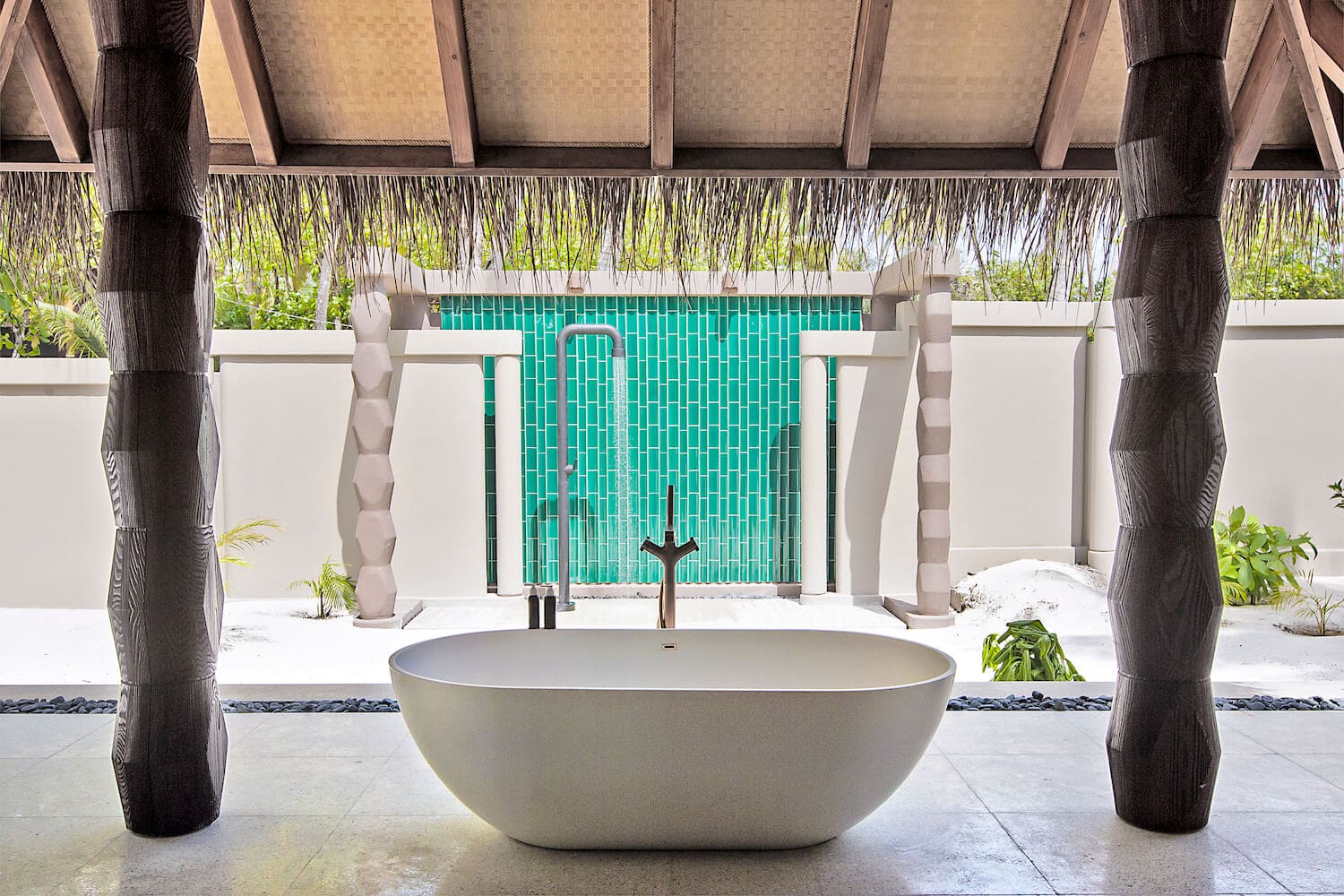Trends come and go in the world of wellness, but that’s not to say that there aren’t core principles to be found within health and wellbeing around the world. One of these is meditation. Those unfamiliar to the practice might be intimidated by the thought of an uncomfortable hour sitting cross-legged in a silent room, but what you may not know is that meditation can be a dynamic practice and can take place in a wide range of settings. We debunk some of the many myths surrounding meditation that will change the way you meditate today—or possibly even get you started.

Your mind is allowed to wander
Meditation isn’t about switching off entirely and leaving your mind blank. It’s about creating the time and space to let both body and mind think and feel. “Our thoughts, emotions, and reactions are like storms. They will come and go”, explains Mariko Hiyami, founder of Maitri Asia, a holistic wellness practice in Hong Kong. She continues, “Meditation is like an umbrella, to give us a space where we can sit and observe these storms within us”. Through breathing training and with time you will be able to draw your focus back to the centre, but allowing your mind to wander is by no means a sign of failure.
See also: 5 Top Meditation Studios In Hong Kong To Take Five In
There’s no one size fits all method
“We all have stresses, anxiety and frustration”, says Dr Vignesh Devraj, an Ayurvedic doctor from Kerala and the founder of Sitaram Beach Retreat. “Depending on our dominant emotions, we need to approach meditation in a way to regulate these best”. Whether you’re a confident yogi, a runner looking to unwind or you’re simply looking to leave the stresses of your day job behind, there’s a time and a place for anyone to meditate. What’s most important is that you are comfortable in your surroundings, whether it’s a purpose-built studio, a zen-inspired spa or the comfort of your own home. There are also options to attend guided meditation sessions, listen to guided recordings and podcasts or go your own way.
You don’t need to perfect that pose
A lot of people assume that meditation involves sitting cross-legged with your hands resting on your knees, index fingers and thumbs touching. And while this is an entirely feasible posture to adopt while meditating, it’s important to know that it isn’t the only one. You can take 10 minutes of your day and meditate wherever you find yourself, whether on a train, plane or even at your desk at work. “Traditionally, meditation is done in a lotus (cross-legged sitting) position, because of the grounding effect. However, you can meditate sitting on a chair, in bed or even a standing position”, explains Hiyama. She advises using cushions, blocks or other supporting tools to help you get comfortable.
See also: 7 Luxury Meditation Retreats In Asia To Help You Destress & Refocus
Even five minutes of meditation can make a difference
Sitting down to an hour-long class can be intimidating, but when you’re starting out, try just five minutes and take it from there — even this short amount of time is enough to make a difference. There are several ways that meditation can leave you feeling healthier not just in mind, but also in the body. It has been known to reduce stress levels and to help those suffering from anxiety. “Today the greatest talent of human beings is the ability to focus, living in a time filled with distraction”, says Dr Devraj.
Meditation can actually make you smarter
Studies have shown that the prolonged practice of meditation—that’s consistency, not just how long each session is—can have positive impacts on a person’s attention span and concentration, so its ideal to incorporate into your daily habits if you’re studying or work in an area that requires you to think on your feet and use recall often. It has also been known to create long term health benefits, including promoting memory retention later in life, and has been used by successful people the world over to enhance brain function, from Bill Gates to Will Smith to Katy Perry.



